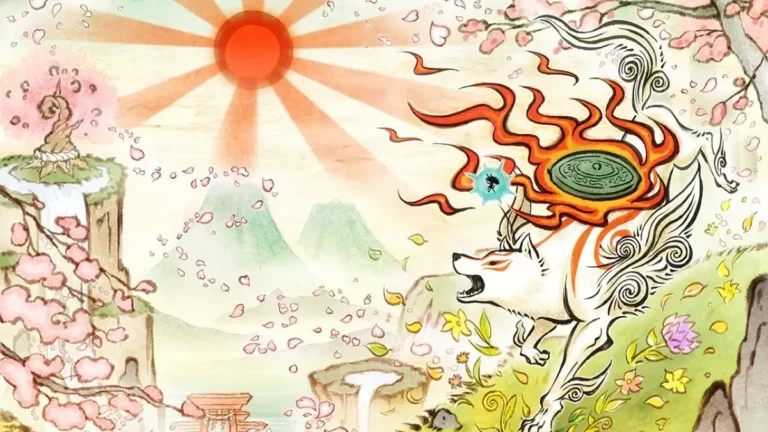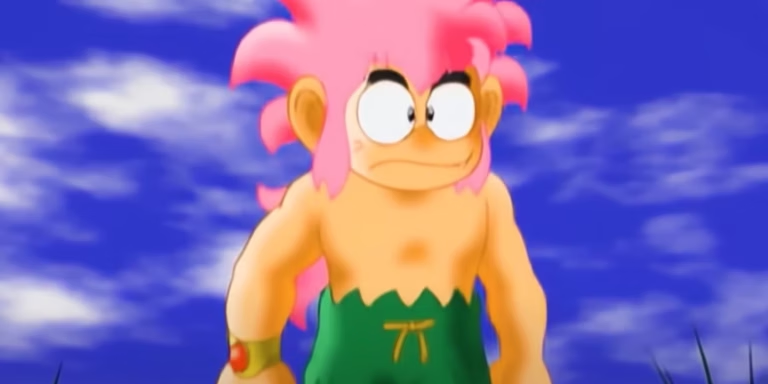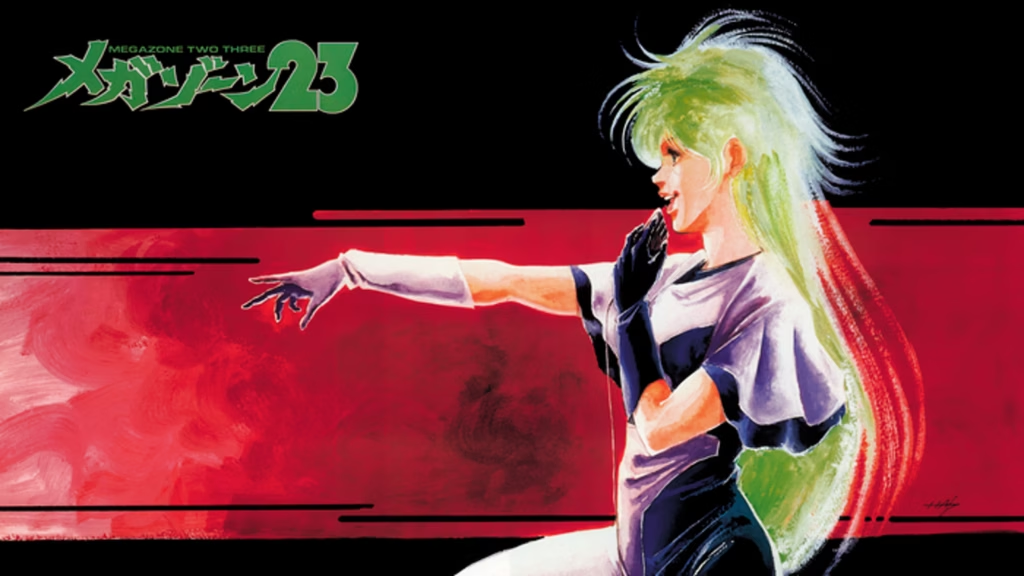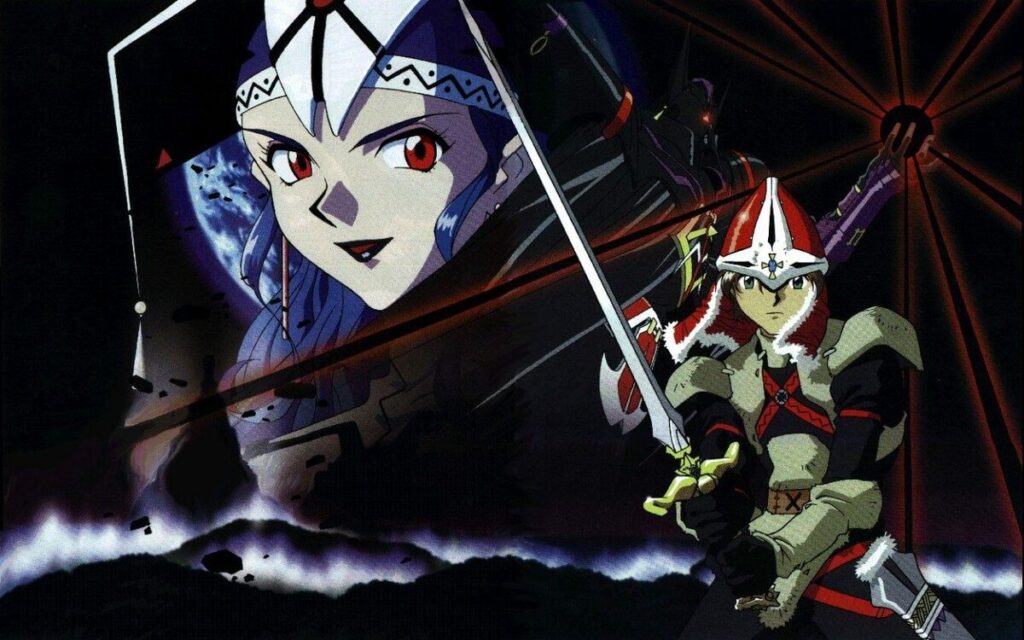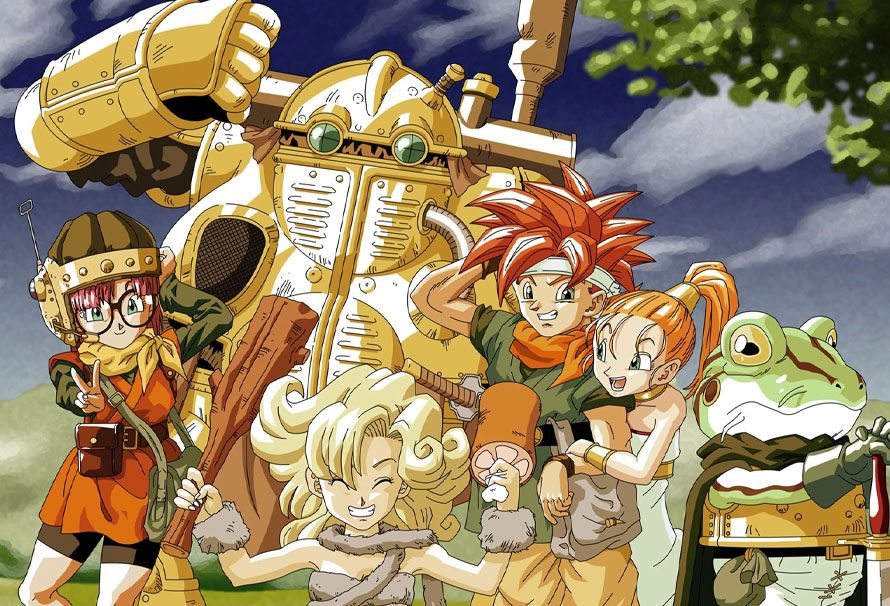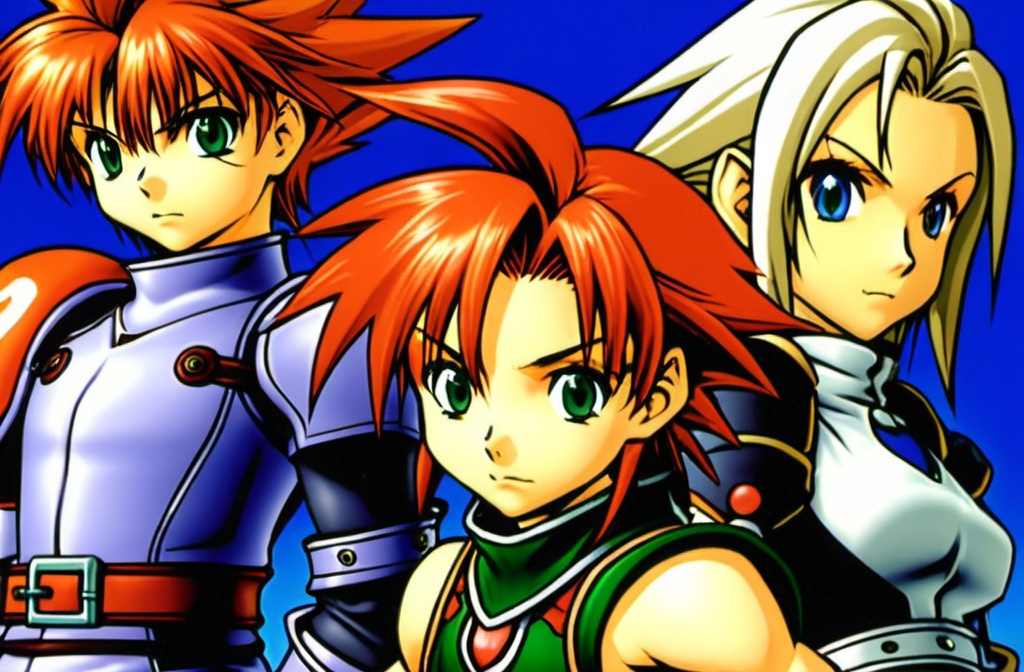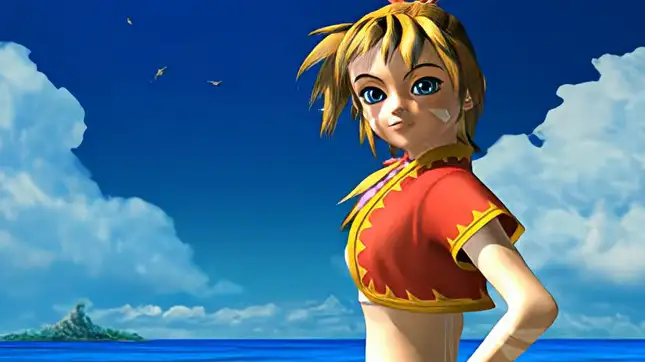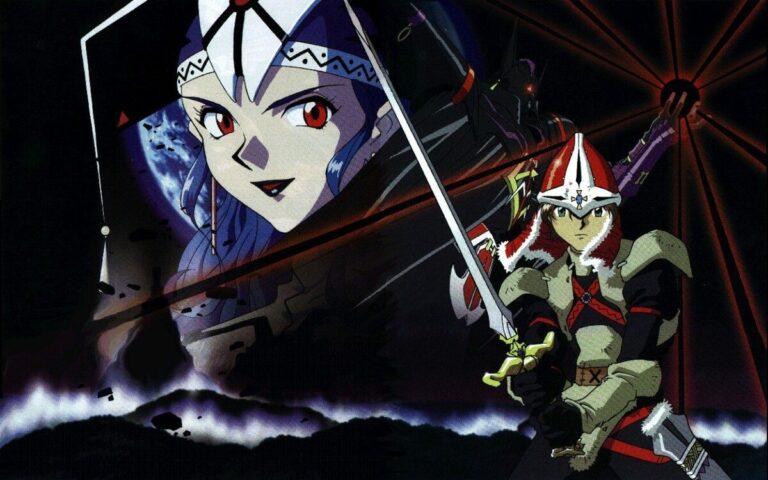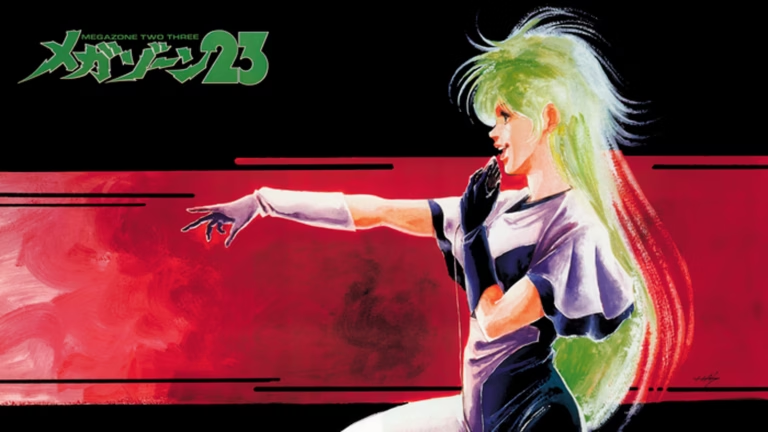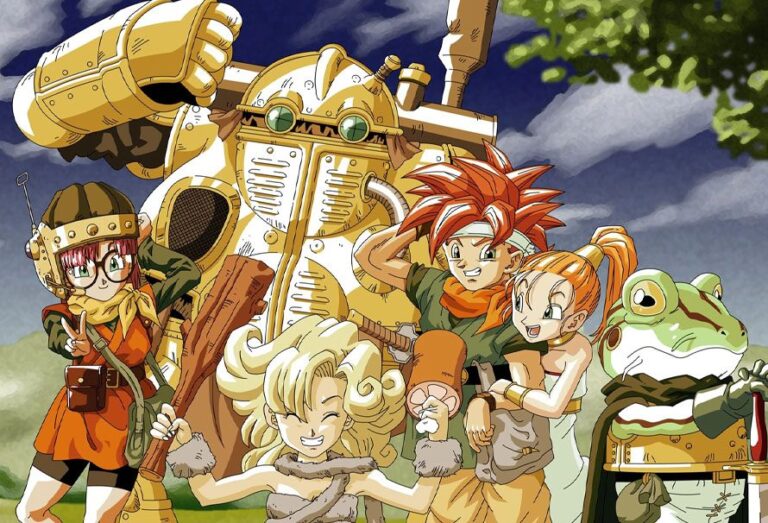The 1980s marked a golden age for anime, with groundbreaking titles that defined the medium’s evolution. Among these classics, Megazone 23 stands out as a unique blend of cyberpunk storytelling, social commentary, and pioneering animation. Originally released in 1985, Megazone 23 has earned its place as a cult classic for its ambitious narrative and innovative production, setting itself apart from its contemporaries in both style and substance. In this review, we’ll explore what makes Megazone 23 a timeless masterpiece.
—
The Story: A Cyberpunk Vision Ahead of Its Time
Megazone 23 begins as a seemingly straightforward story about a young motorbike enthusiast, Shogo Yahagi, who stumbles upon a mysterious prototype motorcycle called the Garland. However, the plot quickly takes a darker turn as Shogo discovers that his world is not what it seems. The city he lives in is a simulated environment aboard a spaceship, and humanity is under the control of an AI system named EVE. The series dives into themes of identity, freedom, and the cost of technological progress.
Key Elements of the Story
- Dystopian Themes: The revelation of humanity’s simulation foreshadowed ideas that would later become popular in works like The Matrix.
- Complex Protagonist: Shogo is a relatable yet flawed character whose journey mirrors the audience’s own exploration of truth and deception.
- Social Commentary: The series critiques consumerism, media manipulation, and the loss of individuality in a hyper-controlled society.
The narrative’s blend of personal stakes and societal questions gives Megazone 23 a depth rarely seen in anime of its era.
—
Visuals: Aesthetic Excellence
One of the standout aspects of Megazone 23 is its visual presentation. Directed by Noboru Ishiguro and animated by Artland and AIC, the series pushed the boundaries of what was possible in anime during the mid-1980s.
Animation Highlights
- Urban Environments: The sprawling neon-lit cityscapes are quintessentially cyberpunk, evoking a sense of both wonder and claustrophobia.
- Mechanical Design: The Garland motorcycle, designed by Shinji Aramaki, is a mechanical marvel that remains iconic in mecha anime.
- Fluid Motion: The action sequences, particularly the high-speed chases, showcase fluid and dynamic animation that feels ahead of its time.
While some aspects of the animation may show their age, the artistry and attention to detail remain impressive even by today’s standards.
—
Music: An Emotional and Futuristic Soundscape
The soundtrack of Megazone 23, composed by Kentarō Haneda, perfectly complements its cyberpunk aesthetic. The use of synthesized melodies and atmospheric tracks immerses viewers in its futuristic world.
Standout Musical Moments
- EVE’s Concerts: As an AI idol, EVE’s performances are integral to the story, blending diegetic music with narrative development.
- Opening Theme: The opening theme, “Kaze no No Reply,” is both haunting and uplifting, setting the tone for the series.
- Ambient Tracks: Background music enhances the tension and mystery, especially during key revelations.
The soundtrack’s blend of 80s synth and orchestral elements adds emotional depth to the series, making it a standout aspect of Megazone 23.
—
What Sets Megazone 23 Apart from Other 1980s Anime?
While many 1980s anime focused on traditional hero’s journeys or space operas, Megazone 23 took a different approach by blending cyberpunk and dystopian themes with a personal coming-of-age story. Here are the key factors that distinguish it:
1. A Mature and Groundbreaking Narrative
- The series tackled complex social and philosophical themes, such as reality versus illusion and the role of technology in shaping society.
- Its darker tone and ambiguous ending deviated from the more straightforward resolutions common in anime at the time.
2. Cyberpunk Influences
- Released before Hollywood blockbusters like Blade Runner became widely influential in anime, Megazone 23 pioneered cyberpunk aesthetics in Japanese media.
- The visual design and world-building inspired future anime such as Akira and Ghost in the Shell.
3. A Mixed-Media Approach
- The integration of EVE as a virtual idol, complete with in-universe concerts and propaganda, added a multimedia aspect rarely seen in anime of the time.
- Its marketing strategy, blending anime with merchandise like models of the Garland motorcycle, laid groundwork for future multimedia franchises.
These elements combine to make Megazone 23 a singular experience in the landscape of 1980s anime.
—
The Legacy of Megazone 23
Megazone 23 has influenced countless creators and works in the decades since its release. Its themes of simulated reality and AI control have resonated in media ranging from The Matrix to Sword Art Online. Despite its limited initial release as a direct-to-video OVA, the series has gained a dedicated fan base and continues to be a touchstone for cyberpunk and dystopian storytelling in anime.
Score:





Megazone 23 is a timeless classic that pushed the boundaries of 1980s anime. Its thought-provoking story, stunning visuals, and unforgettable music make it a standout even among the iconic titles of its era. For fans of cyberpunk, dystopian narratives, or simply groundbreaking animation, Megazone 23 is an essential watch. Its enduring legacy proves that even decades later, it remains a masterpiece worth revisiting.


